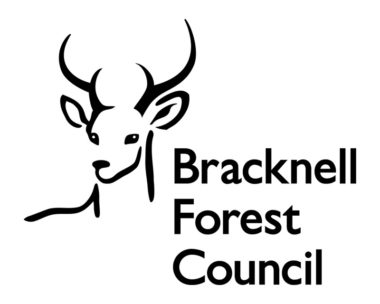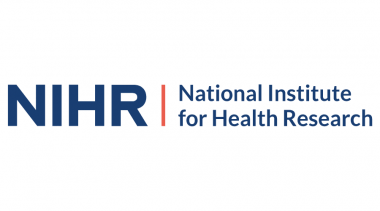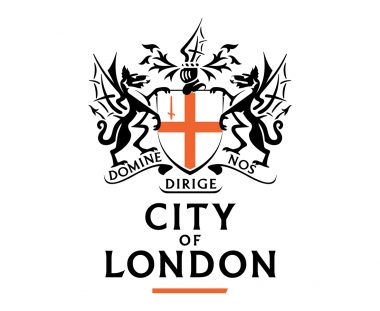Shaw Trust Accessibility Services has for many years worked with organisations to improve website accessibility and make their digital services more accessible to deaf and hearing impaired users.
With a disabled-led team, we are well positioned to provide information, advice and guidance on how deaf people and those with hearing impairments can get the most out of their digital devices.
Did you know?
More than 800,000 people in the UK are severely or profoundly deaf, according to Action on Hearing Loss. They also report that a total of 11 million people in the UK have some form of hearing loss – that’s one in every six people.
If you are deaf or hearing impaired, there are steps you can take to make your digital devices more accessible.
Visual notifications
Windows machines and Macs both offer the option to receive visual notifications instead of (or as well as) audible ones. Notifications can flash up on the screen for a range of alerts. Many smartphones and tablets also offer visual notifications to alert you to a range of functions.
British Sign Language
More than 50,000 deaf and hearing impaired people in the UK use British Sign Language (also known by the abbreviation BSL) in order to communicate. Unfortunately, not many websites offer BSL as a communications medium. One that does is the British Deaf Association (opens in new tab or window), an organisation that promotes sign language and deaf issues.
For younger deaf or hearing impaired people, ITV’s Signed Stories (opens in new tab or window) is an excellent resource. It provides storybooks for children to read out in BSL. The stories also include subtitles.
While the number of sites offering BSL is currently limited, as signing technology develops we expect that more web resources will become available for BSL users.
For further information and advice on making the most of your digital devices, please Contact Shaw Trust Accessibility Services.







